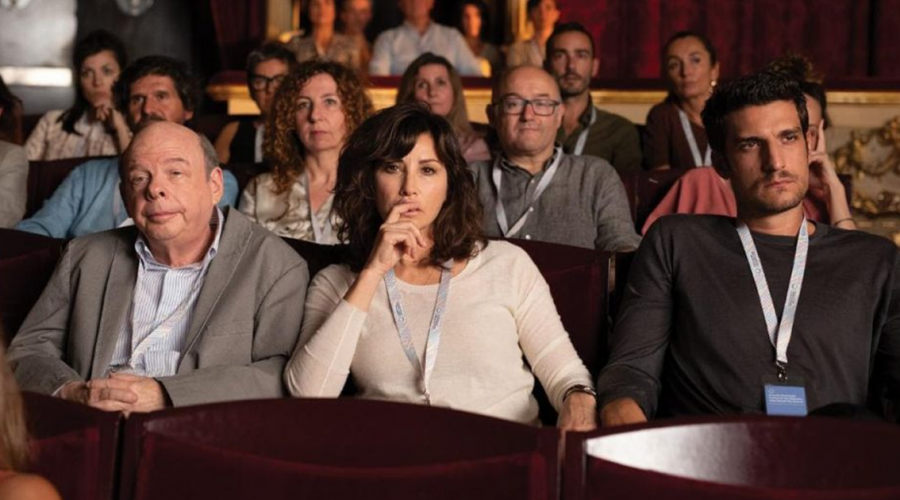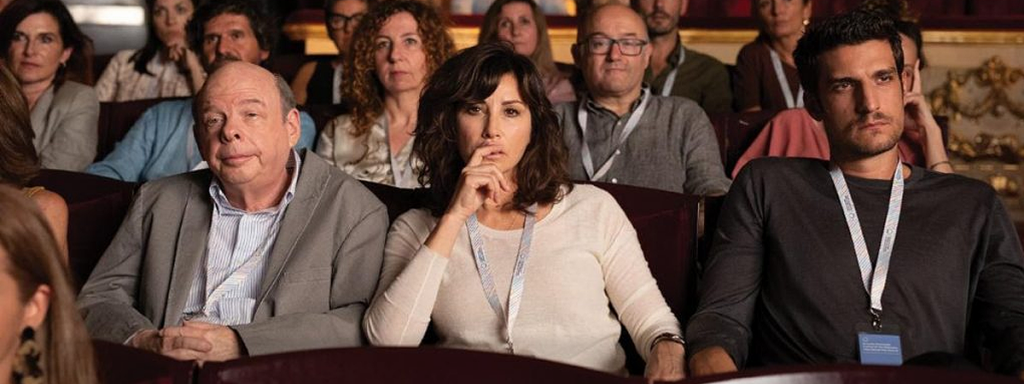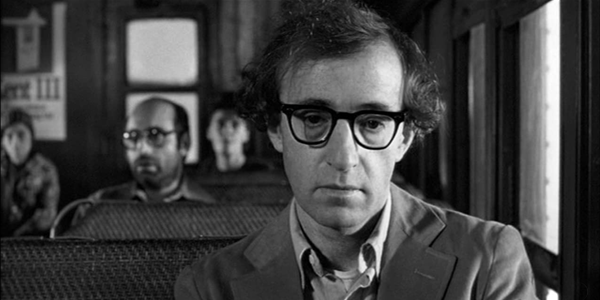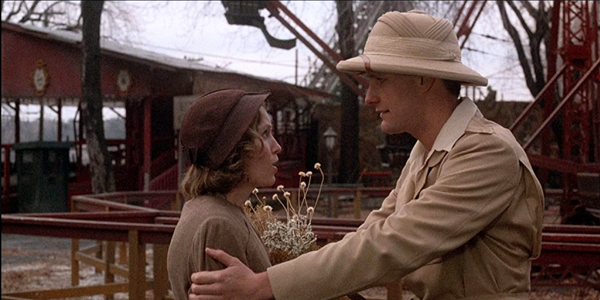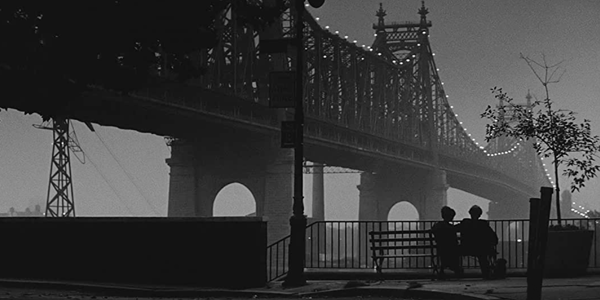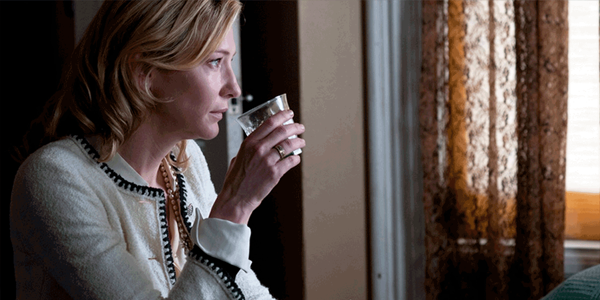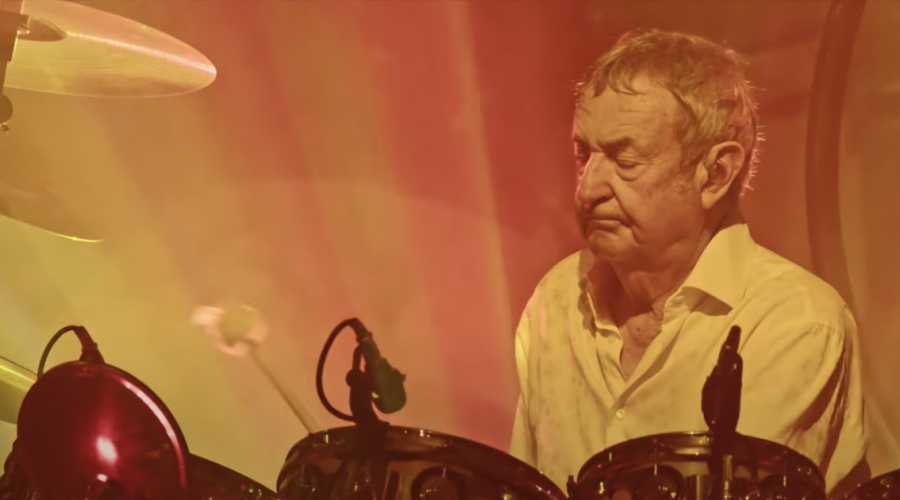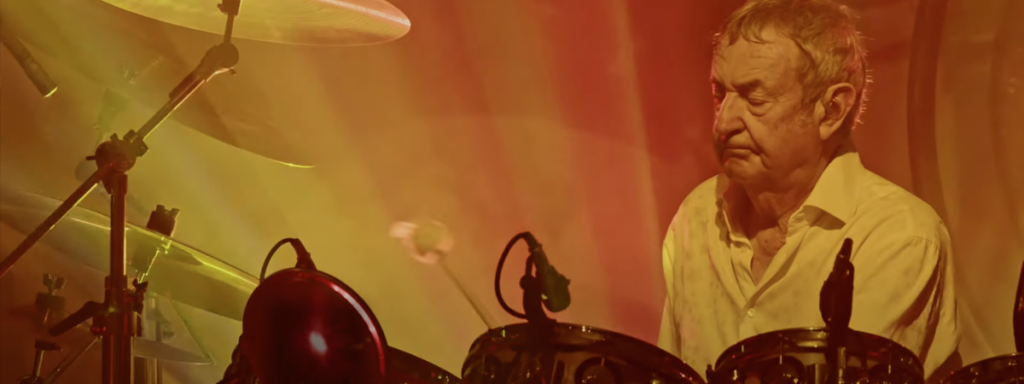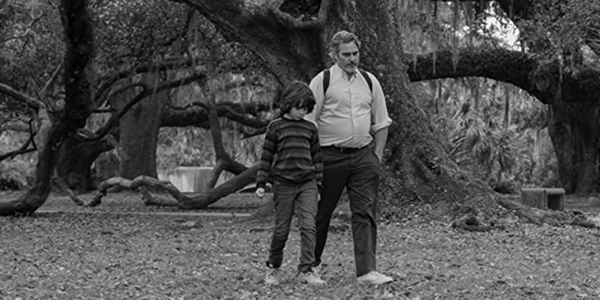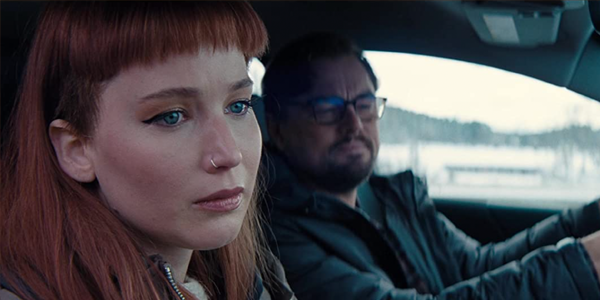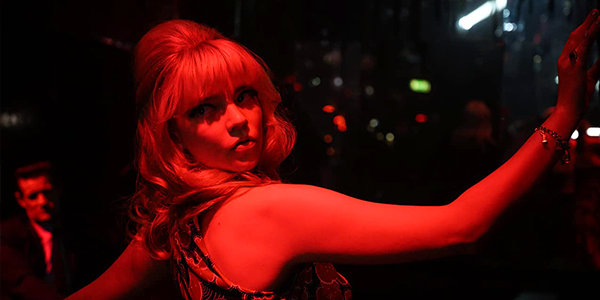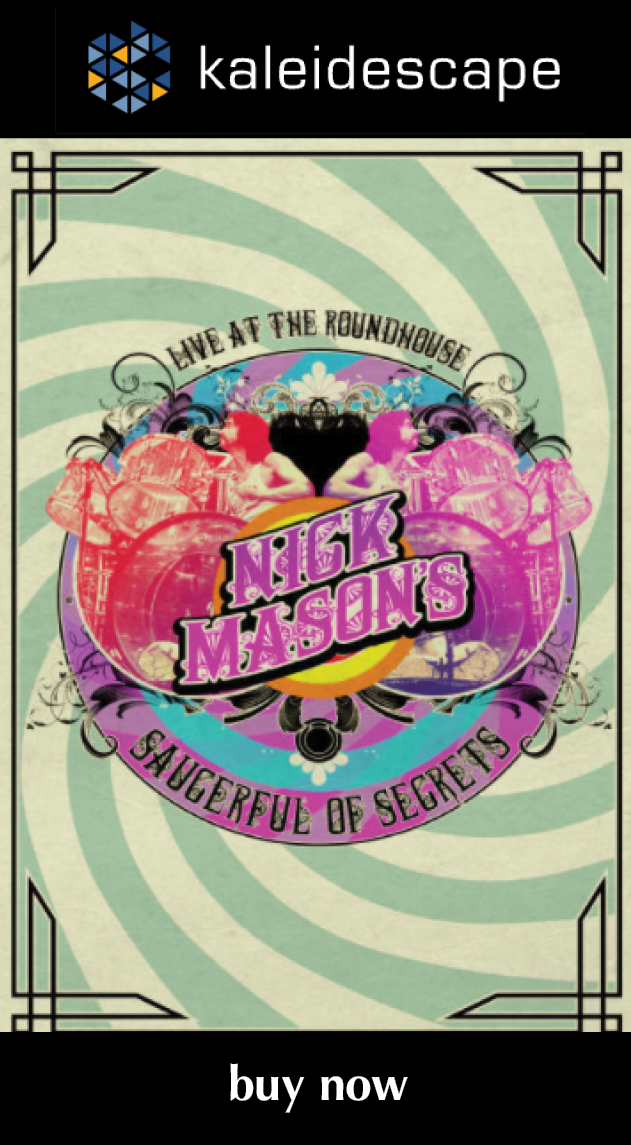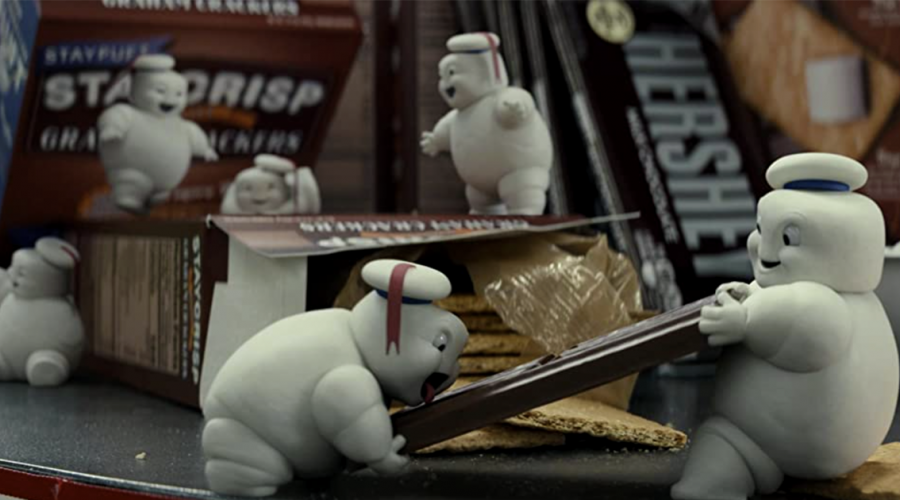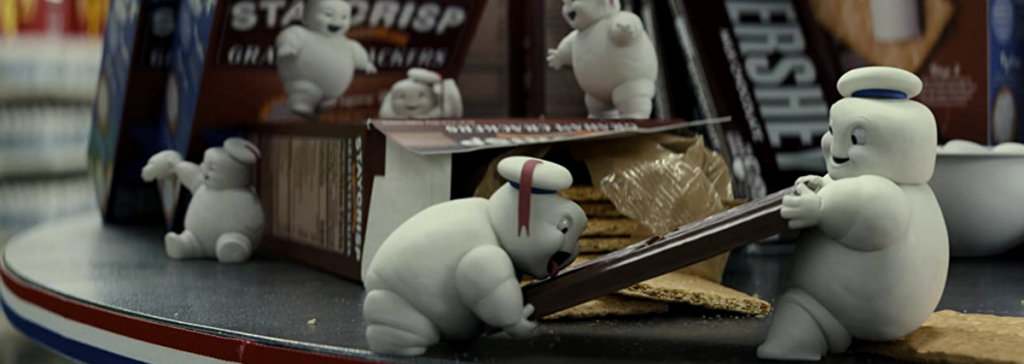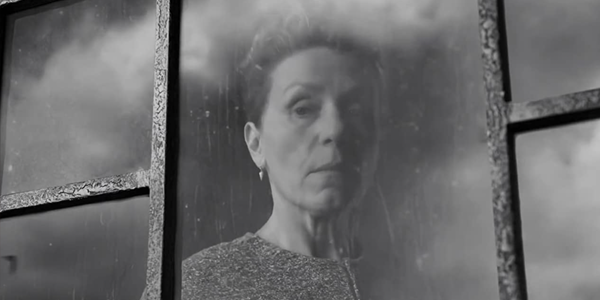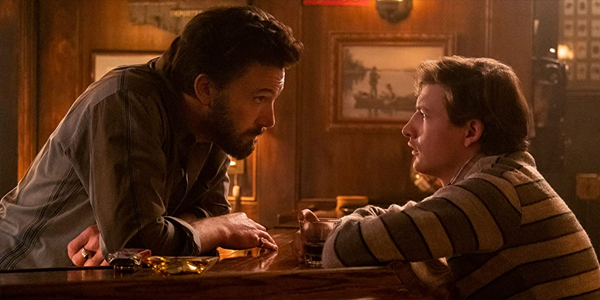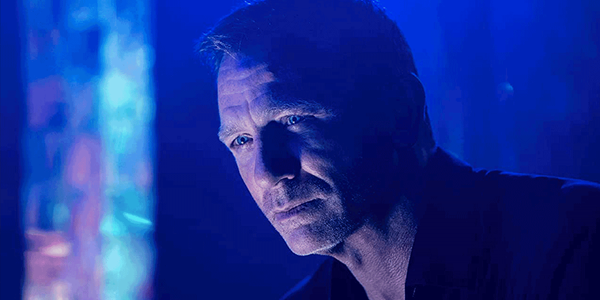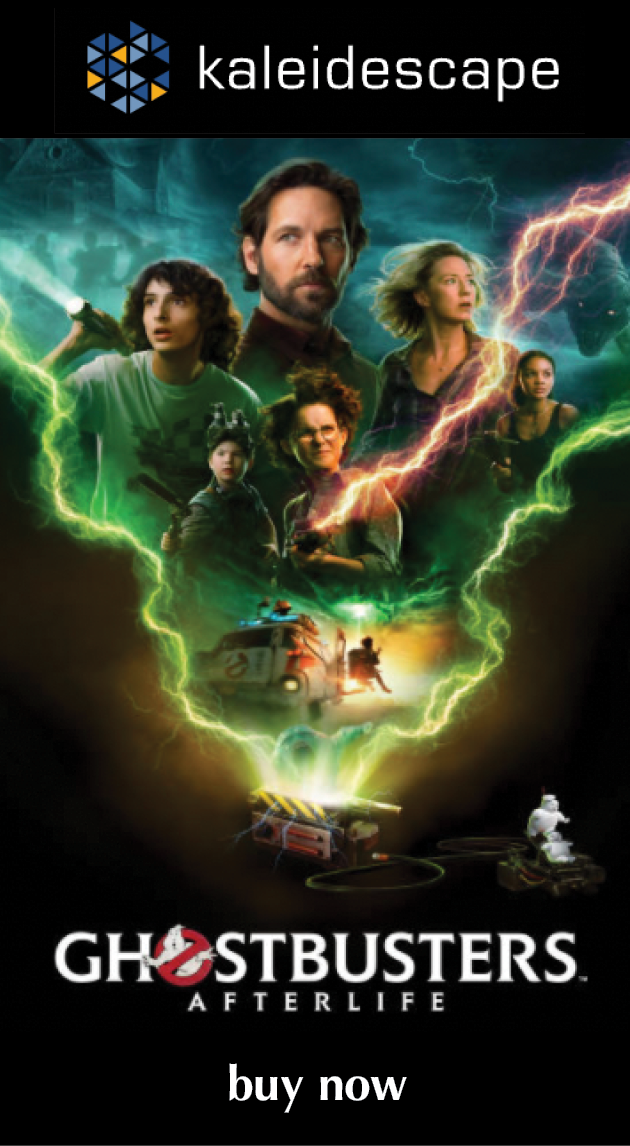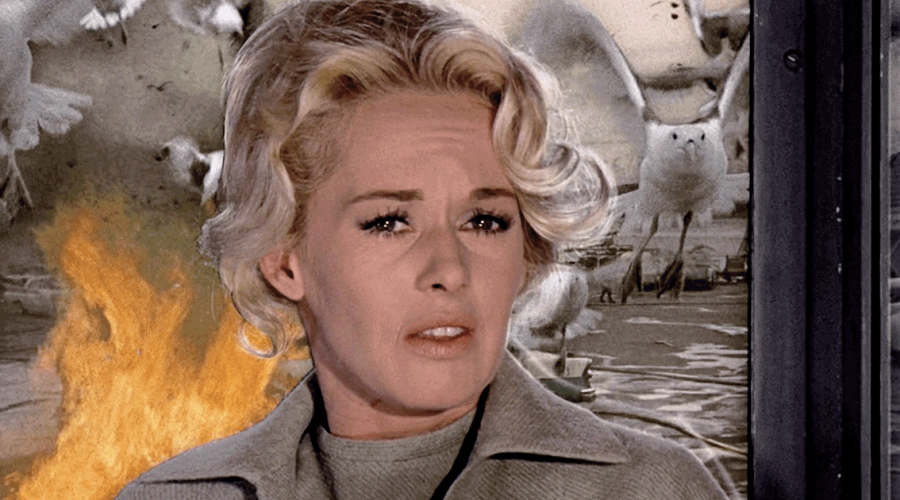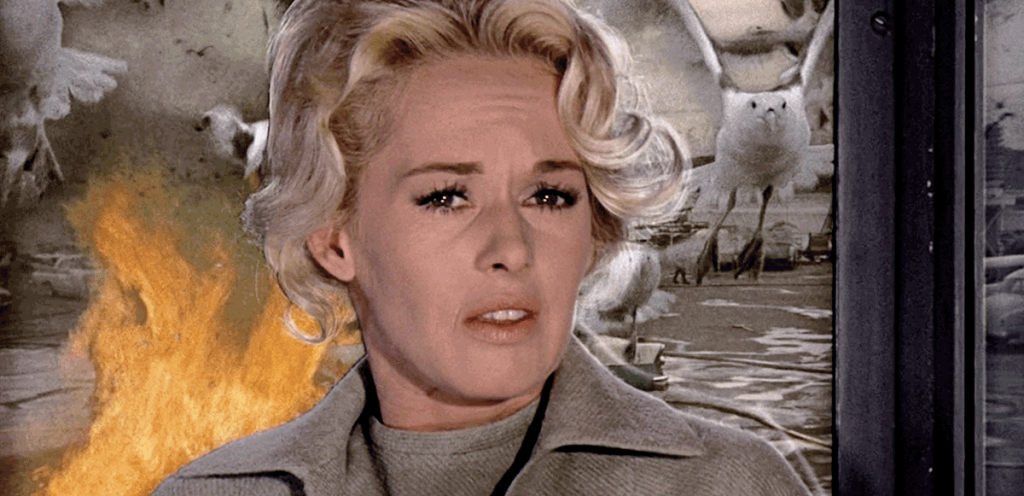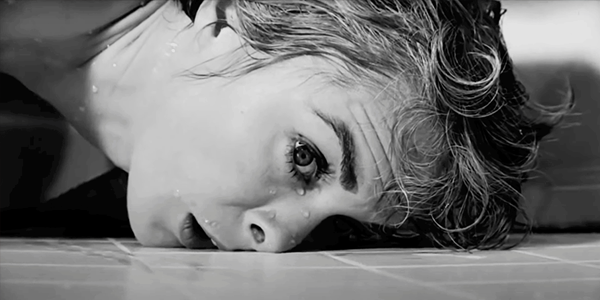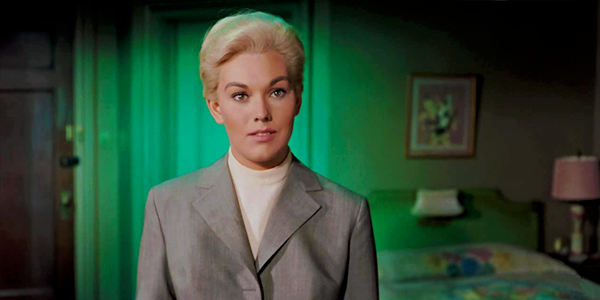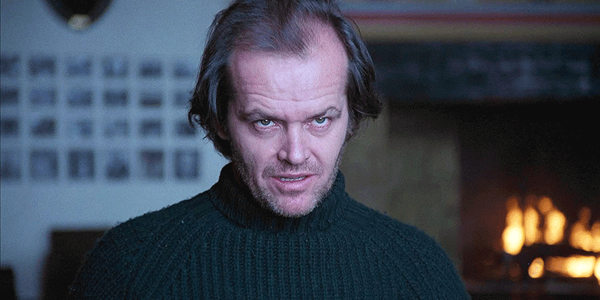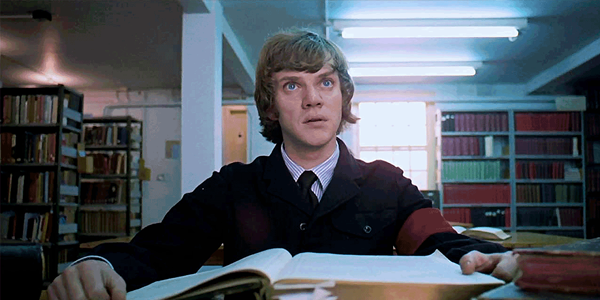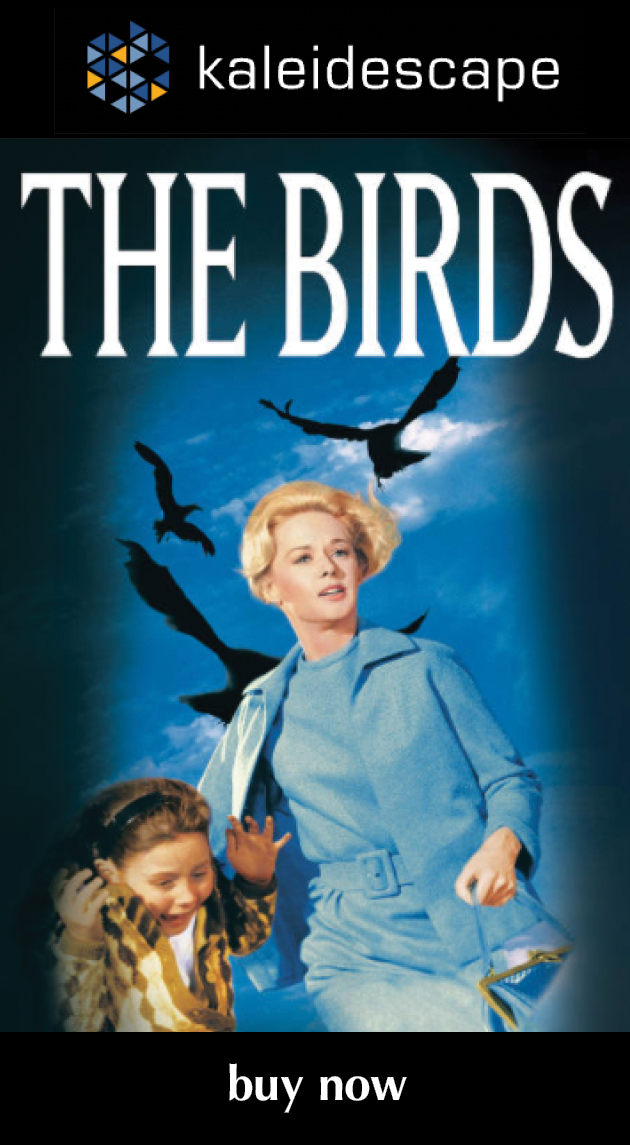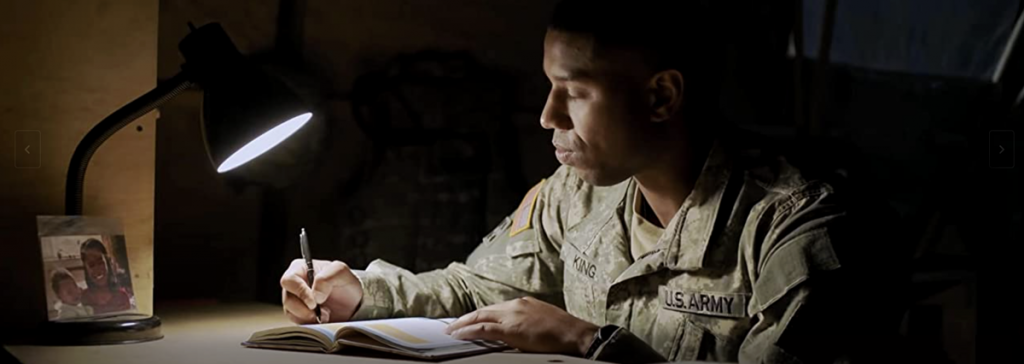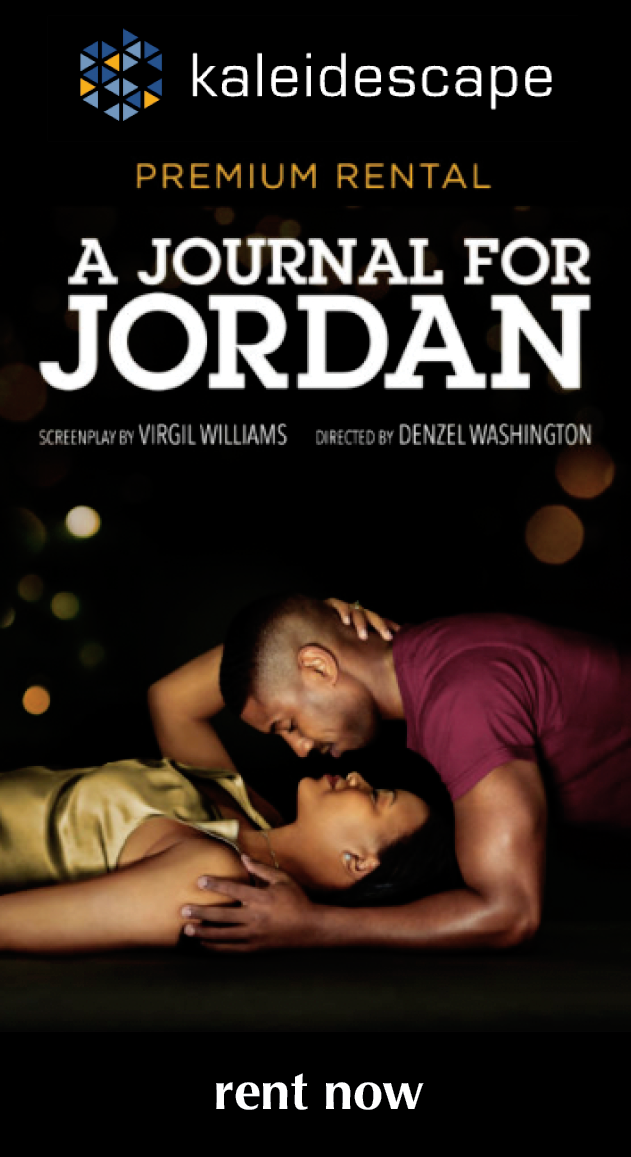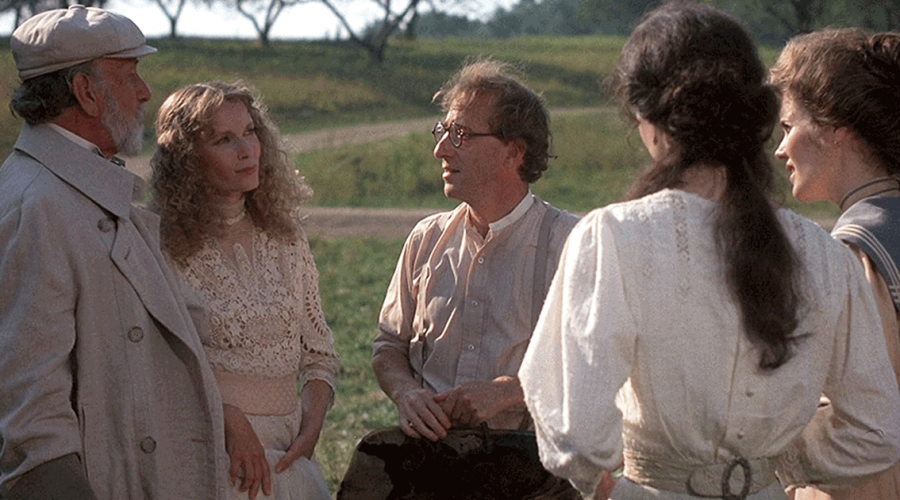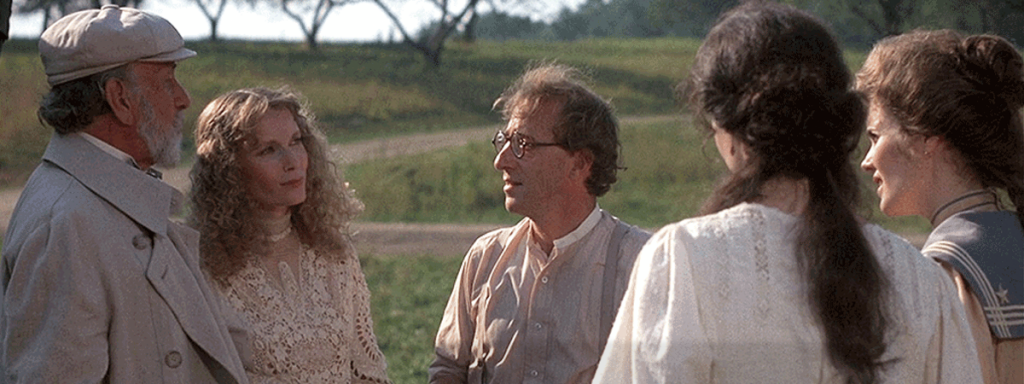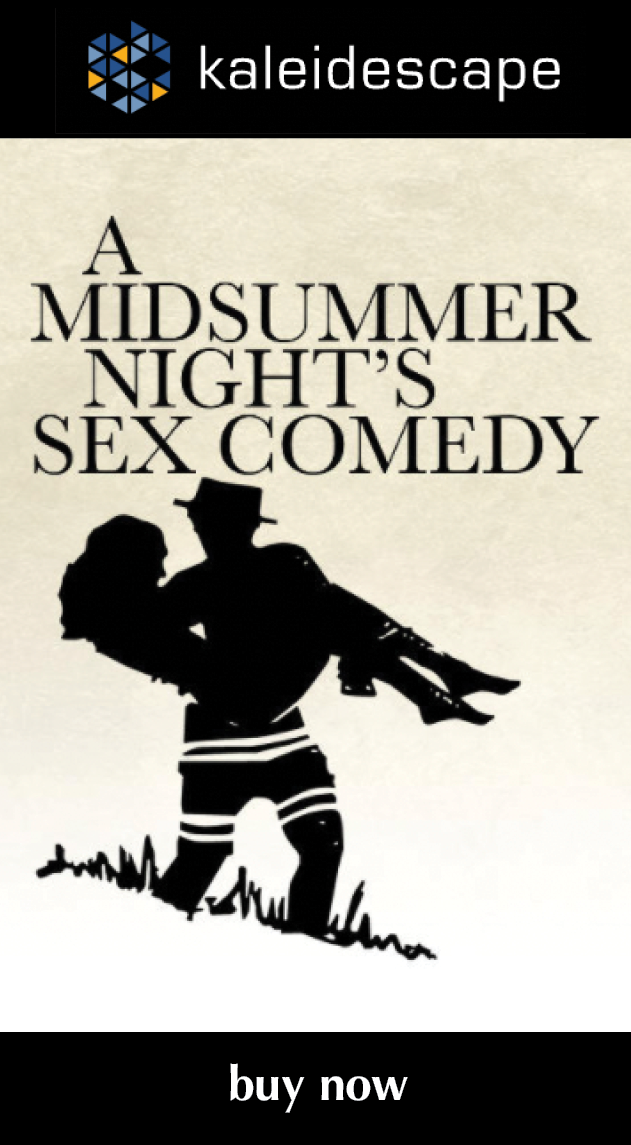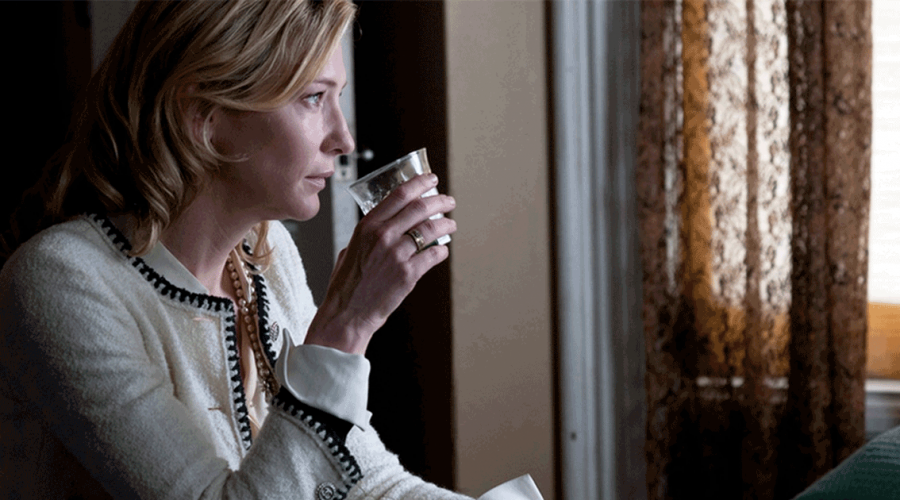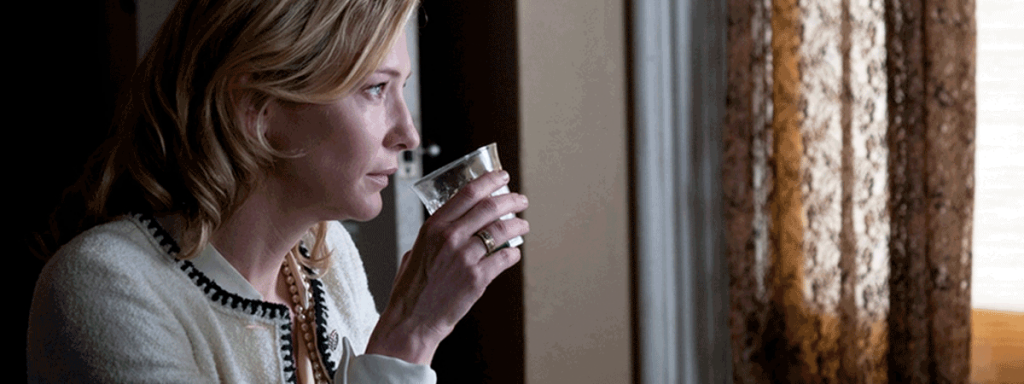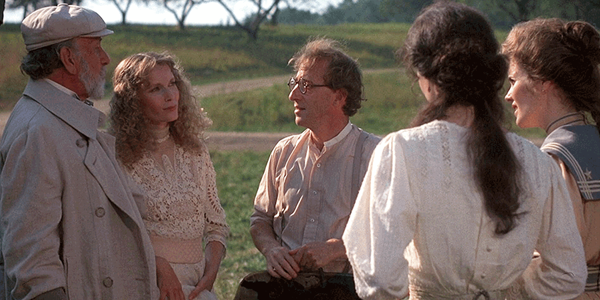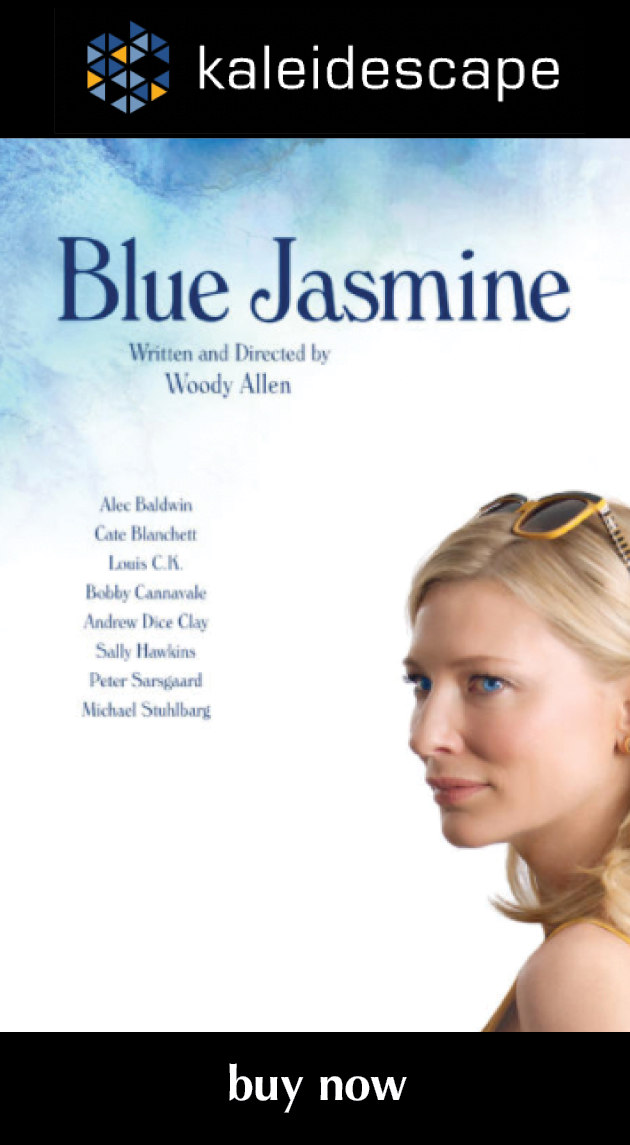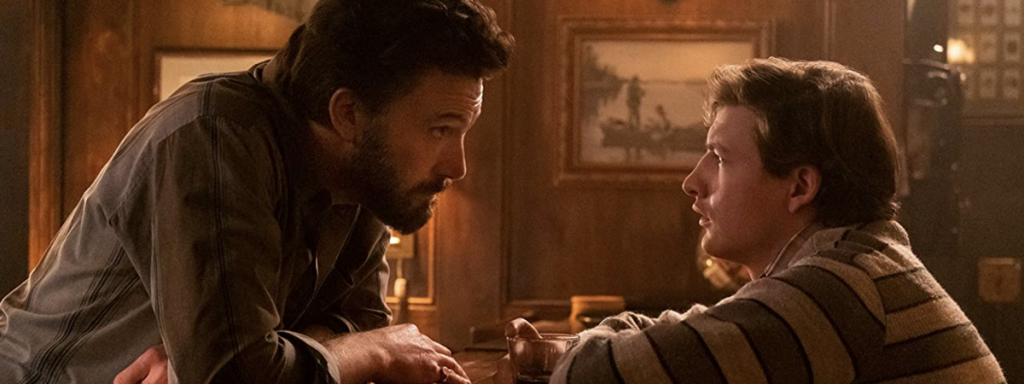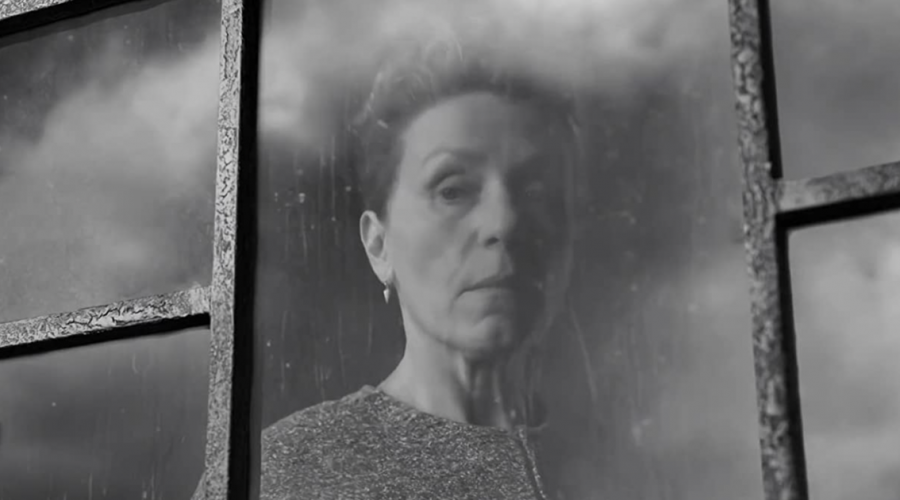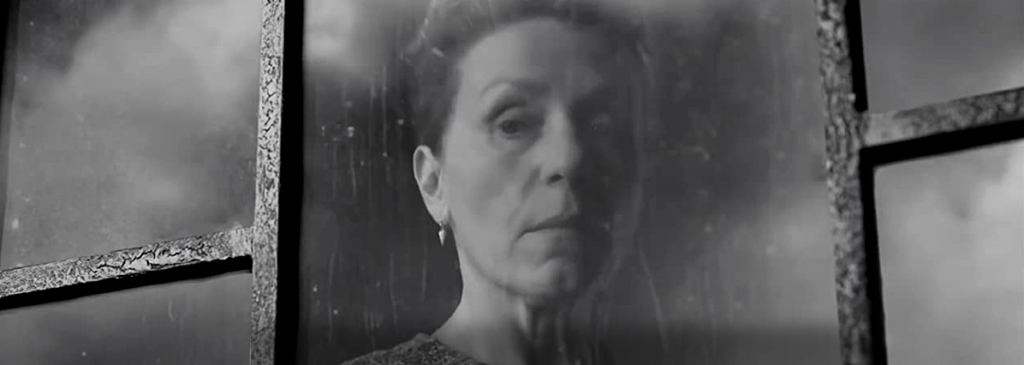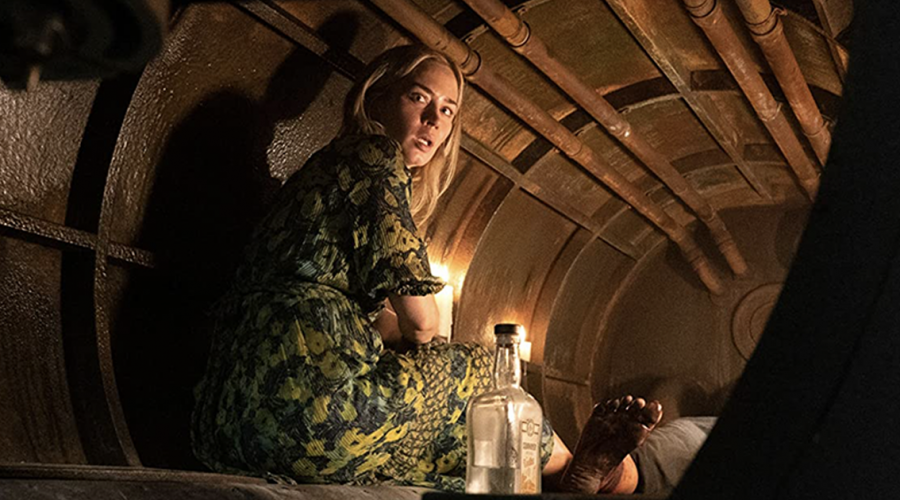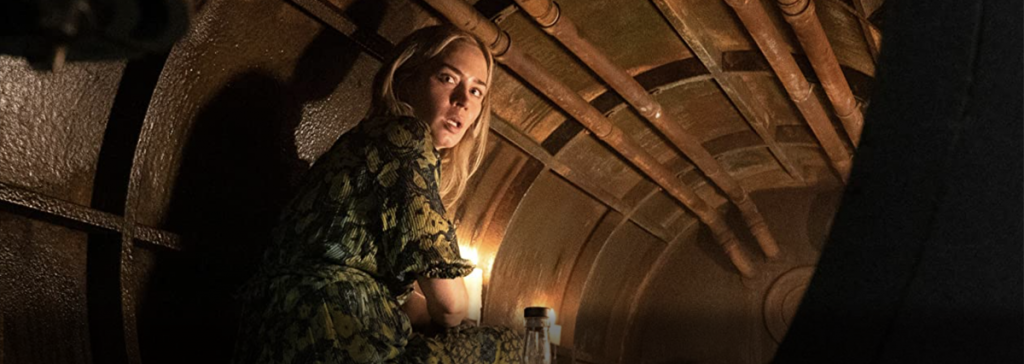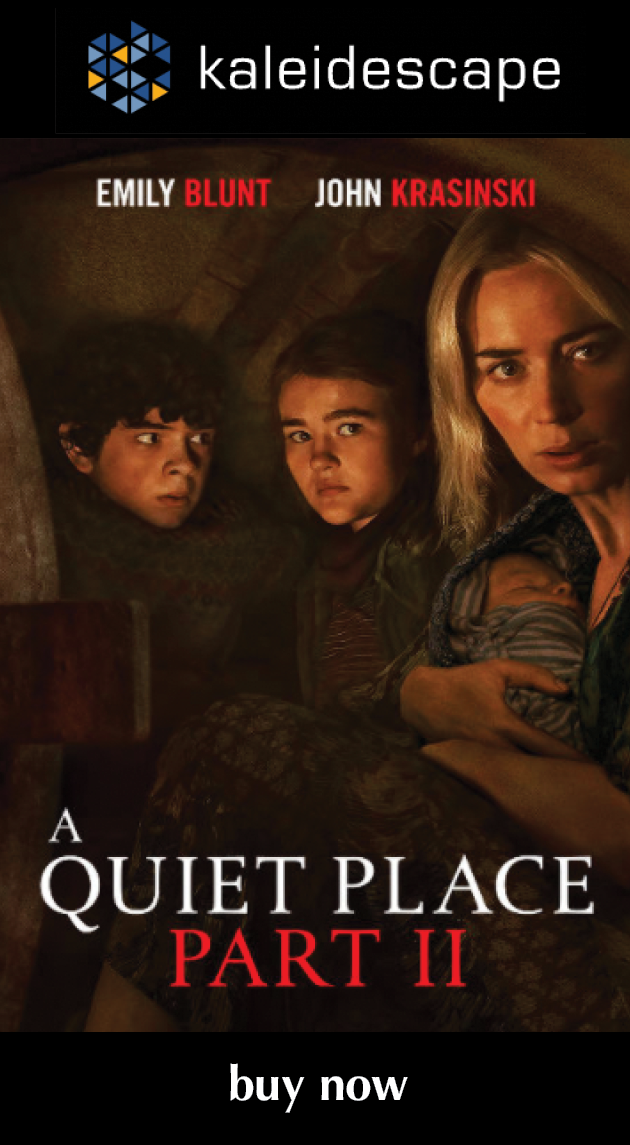Review: Rifkin’s Festival
related reviews
Sign up for our monthly newsletter
to stay up to date on Cineluxe
Buried somewhere deep in the heart of this unholy mess lies a movie actually worth watching
by Michael Gaughn
January 31, 2022
So little of Rifkin’s Festival coheres that you basically have two choices: Turn away or mentally cobble together the bits that add up to the film Woody Allen seemed to be trying to make. Just passively toughing it out as presented really isn’t an option.
Which explains why I almost took a pass on reviewing this. But the more I thought about it, the more I sensed that there was a bit of a rough diamond buried deep in its dungheap that might be worth trying to pluck out, no matter how dirty and unpleasant the task. So here we are.
Allen’s previous film, A Rainy Day in New York, was an even bigger mess that had practically nothing going for it and probably never should have been released. So expectations—mine and of the remaining smidglet of the curious—were really low here.
The thought of spending 90 minutes with Wally Shawn at the center of a cinematic world induced a sense of dread. And, unfortunately, my expectations there were more than met. The casting of Shawn was misguided, if not disastrous, basically because he never had much of a range to begin with and, now that he’s older, has practically no range at all. His character is so thinly sketched in, and Shawn himself is such a negative screen presence, that he (both the character and the actor) just can’t provide the badly needed glue to bring it all together. A little more effort here, both with the conceptualization and the casting, would have made all the difference.
But Rifkin’s Festival is, once you start groping around in that pile, primarily about someone who exists almost wholly divorced from the real world trying to make whatever tentative connections he can with reality. And, viewed from that angle, Shawn couldn’t be more apt, even iconographic. Allen frequently emphasizes that gulf by framing and editing him so he’s ignored by the other characters. Even though he’s clearly a part of the action, he comes across as a passive spectator and an ineffectually ironic commentator.
And this is where the film begins to get interesting. The stuff with Shawn almost invariably falls flat, while just about everything with female leads Gina Gershon and Elena Anaya is surprisingly strong, even compelling. Rifkin is most engaging when it veers toward drama, when it sheds its irony and allows the characters to interact directly and with intensity. The exchange between Louis Garrel and Gershon on the boardwalk, Shawn and Anaya stumbling upon her artist husband in bed with one of his models, Anaya later putting Shawn at arm’s length while she grapples with what to do with her marriage and her life all have an inherent and authentic power. And if Allen’s point was that those messy interactions and emotions are what bring meaning to existence and Shawn is completely ill-suited to ever engage, then that’s a filmic experience worth having. It’s too bad he didn’t decide to shift his emphasis and proportions accordingly somewhere along the way.
Gershon, who has never made much of an impression before, is almost obliquely commanding, running much farther than expected with the half-baked material she’s given to work with. Anaya takes some getting used to and is saddled with a character who’s less whole person than convenient plot device, but she somehow makes her seem real over the course of the film.
Garrel is perfectly apt as the smug, pretentious movie director but isn’t as resourceful as the female leads at making something out of the straw man he’s been handed. This was a huge lost opportunity because the comments Allen attempts to make about the current state of Hollywood “art” need to be said—he’s just way too glib, obvious, and scattershot about saying them.
I wish Allen had never crossed paths with Vittorio Storaro, whose too insistent shooting style constantly goes against the grain of what Allen is trying to convey. Even in HD (which is the only way you can watch the film on Google Play), the digital cinematography is too sharp—to the point of being garish and grating. It’s especially out of place in a movie that frequently references classic movies. The various pastiches would have been far more convincing, and beguiling, if they’d been shot on 35mm and presented with a sense of film passing through a gate—but I suspect going that way would have been a budget-buster.
HD is actually an appropriate vehicle for Rifkin’s Festival. A 4K presentation would probably make it look even more video-like and antiseptic.
I flat-out hated the original soundtrack, which tries to ape Django and the Hot Club of France—something many, like The Gypsy Hombres, have tried and at which all have failed. Reinhardt’s isn’t a “sound” to be reproduced but an utterly unique extension of his complex soul, the sum of his experiences, insights, and unmimicable technique. Allen would have been far better off patching the score together out of vintage tracks, even if it wouldn’t have felt as consistent.
The music, like the images, is crisply, pretty much faultlessly, presented—which is unfortunate, because they both cry out for an analog patina.
Thanks to the ongoing New Puritan backlash that continues to plague Allen, it took two years for this film to get released. Only a handful of people will ever see it, and most of those people will wonder why they even bothered. But, even though it never comes together into a complete being, Rifkin’s Festival has more meat on its bones than any of the other walking corpses currently staggering across the blasted entertainment landscape.
Michael Gaughn—The Absolute Sound, The Perfect Vision, Wideband, Stereo Review, Sound & Vision, The Rayva Roundtable, marketing, product design, some theater designs, a couple TV shows, some commercials, and now this.
PICTURE | Even in HD (the only way you can watch the film on Google Play), the digital cinematography is too sharp—to the point of being garish and grating. 4K would likely make it look even more video-like and antiseptic.
SOUND | The music, like the images, is crisply, pretty much faultlessly, presented, but both cry out for an analog patina
© 2023 Cineluxe LLC
